Healthcare and Medical
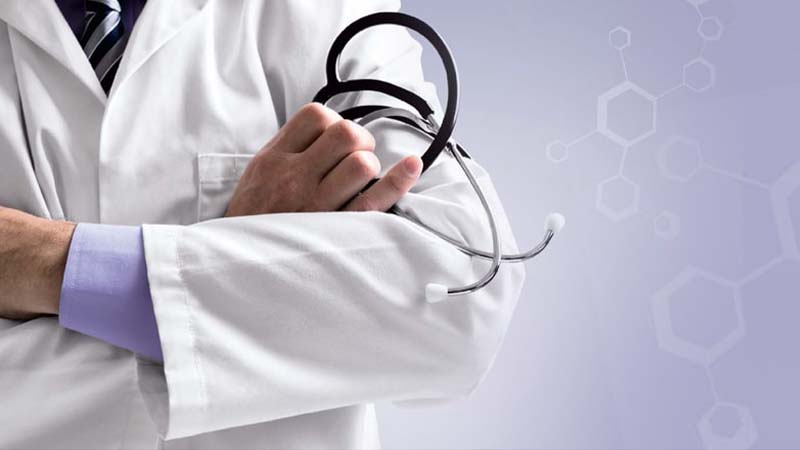
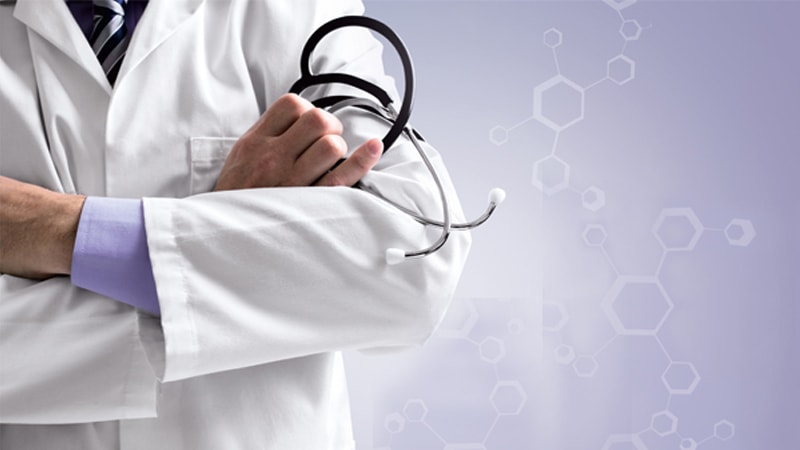
Evidence exists that medicine was practiced by our ancient ancestors, possibly through imitating how local animals behaved, or through trial and error. This gave rise to the shamans and apothecaries, who would prepare treatments and salves for tribes of early people. Some of the earliest records of healthcare, in the form of papyrus and hieroglyphics, belong to the ancient Egyptians, revealing rich and developed medical and public health systems. One of the most famous records is the Edwin Smith Papyrus, thought to be written by Imhotep in 3000 BCE, which gave information on cures, ailments and anatomical observations, and notably was absent of any magical thinking. ‘Houses of life’ in ancient Egypt were today’s equivalent of hospitals, with chief physicians, overseers and training programs.
From Babylon and Egypt came the formal practice of diagnosis, prognosis, physical examinations and remedies. The Diagnostic Handbook from Babylon is an instrumental text in the history of medicine, containing symptoms and patient observations with likely diagnoses.
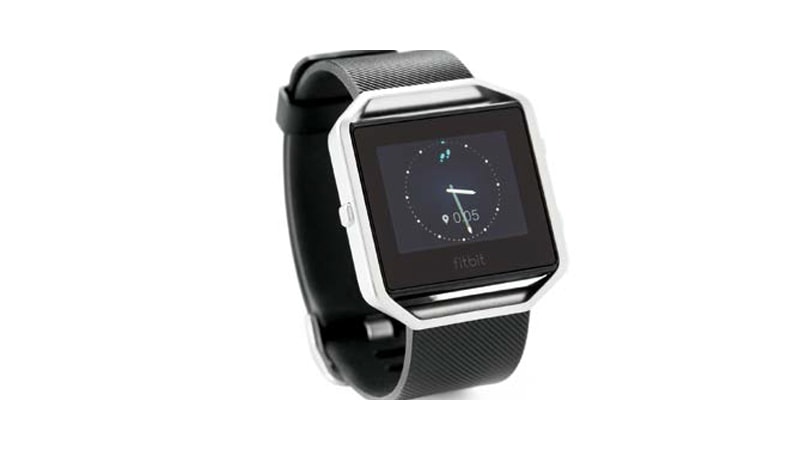
The combination of wireless devices, hardware- and softwarebased sensors, microprocessors and the internet could lead to a revolution within global healthcare.
To improve access to healthcare, reduce costs and inefficiencies, and further personalize medicine for patients, new Digital Healthcare technologies are becoming more prevalent. 2014 saw venture investment in digital health hit $4.1 billion, with greater investment than traditional healthcare and medical devices over the same period.
Smart phones, social networks and the internet are doing more than altering our social lives, but offering new ways to monitor our health and give never-before-seen levels of access to information. The FDA has put focus onto these newly developing frontiers, as existing FDA-approved or cleared devices are being extended with digital features and communication capabilities.
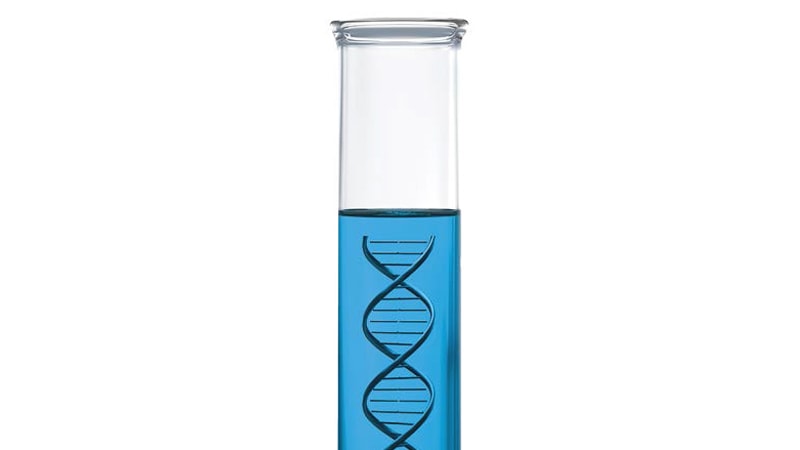
- The first case of dentistry, with flint-tipped drills and bowstrings was dated to around 7,000 BCE. The first trepanning (in which a hole is drilled into the skull and
was thought to bring the dead back to life in ancient societies) was around 5,000 BCE in France. The earliest known surgery was an amputation in 4,900 BCE in France - Babies are born without kneecaps, only developing them between the ages of 2 and 6. It’s head is a quarter of it’s total length. By age 25, the head only composes one
eighth of your height. A baby's body contains just over a liter of blood - Situs inversa, affects 1 in 10,000 people and results in the internal organ’s positions being reversed. A medical identification tag, worn by people with the condition, can warn emergency services personnel, prompting them to, for example, check for the heartbeat on the right rather than the left side of the chest.
- 2014 has one of the highest totals of new drugs approved by the FDA at 163. So far in 2016, the total stands at 54 new drugs
- The amount spent on health care per person varies greatly by country. In the US, it’s approximately $11,038; whereas in Pakistan, it’s $58
- As of the time of publishing, the US National Institutes of Health’s website ClinicalTrials.com lists 224,272 studies in 192 countries
- Redheads need more anesthetic than other people? An urban legend spread among anestheticians linked the melanocortin-1 receptor, which gives red hair, with decreased sensitivity to anesthetics. The belief was widespread enough that a study in Anaesthesia and Intensive Care in 2012 looked into, and disproved it
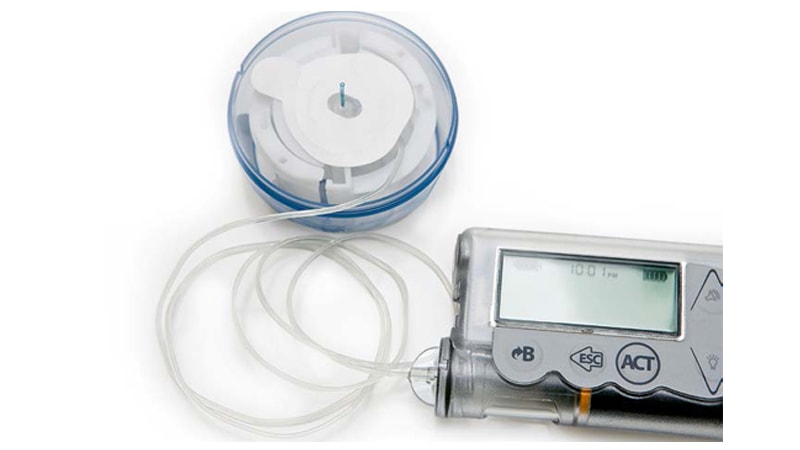
Infusion pumps can have a potent impact on patients’ lives, and new technologies are leading to exciting advances for these devices. For some patients, small pumps that provide instantaneous monitoring and medicating can eliminate the need for manual injections.
Several market leaders are working on small insulin pumps that provide instantaneous monitoring and medicating, which could obsolete manual syringe needles in the next
few years.
With more patients adopting wearable devices, there is a much higher demand for small pumps that are less visible under clothing. These slim devices are even moving toward being controlled through gadgets the patient already carries, such as a smartphone, smart watch, or fitnesstracker (e.g., Fitbit).
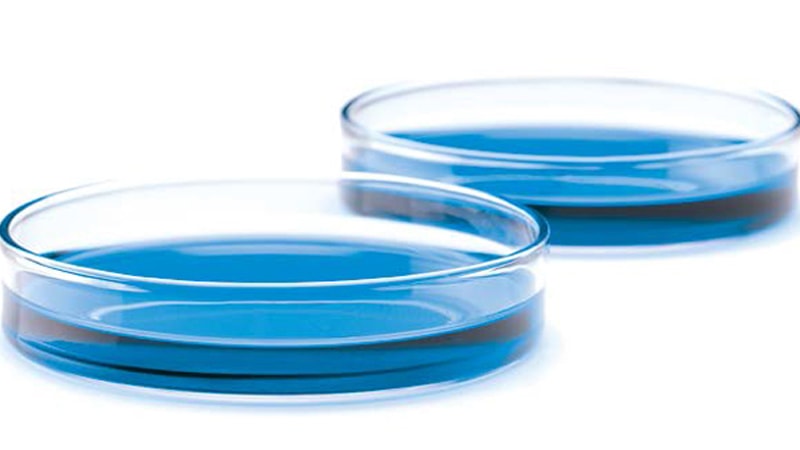
Trelleborg Sealing Solutions is a major supplier of seals, bearings and tubing solutions to the healthcare and medical industry. Our innovations focus on ensuring that medical devices operate efficiently.
The Trelleborg Sealing Solutions website contains a host of resources for engineers, including product information, films and digital tools. Decades of experience in the industry have allowed us to stay ahead of current trends to provide solutions that meet today’s and tomorrow’s requirements.
All these resources can be found on the Trelleborg Sealing Solutions website.